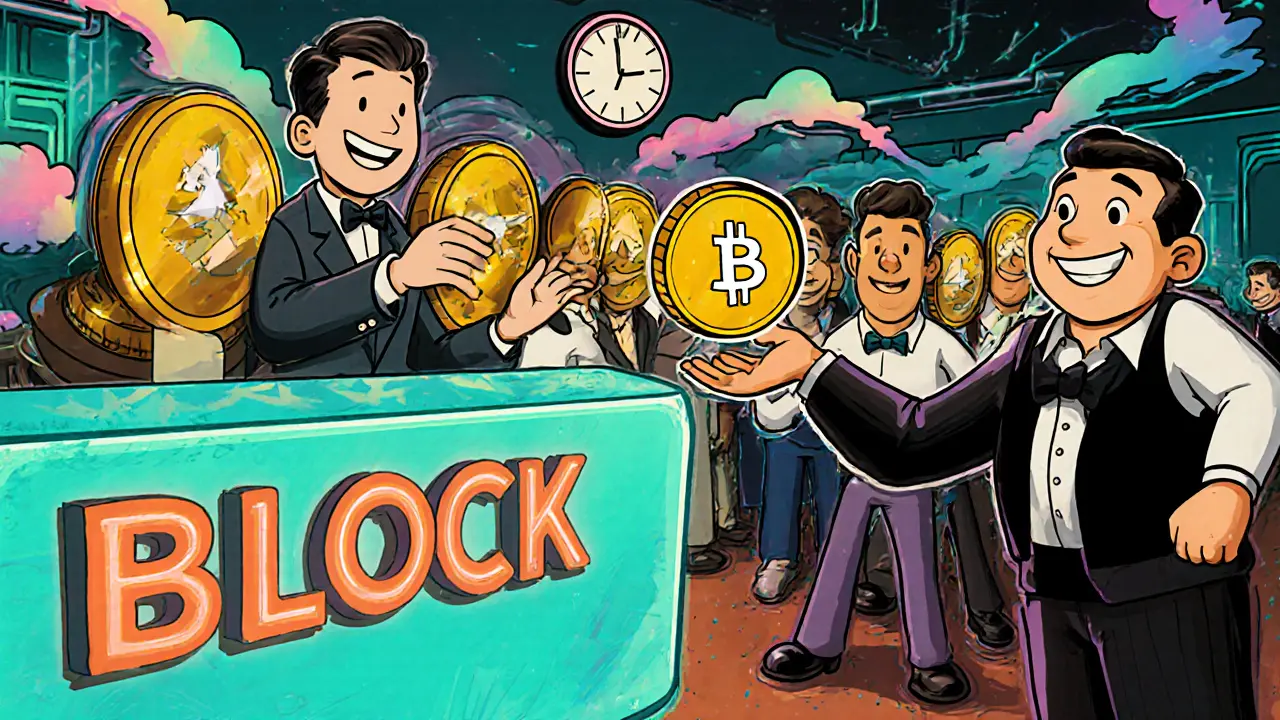EIP-1559: The Upgrade That Changed Ethereum’s Fee Market
When working with EIP-1559, the Ethereum Improvement Proposal that overhauled transaction pricing. Also known as Ethereum fee market upgrade, it introduced a dynamic base fee that gets burned, reshaping how users pay for network usage. The change applies directly to Ethereum, the leading smart‑contract platform. It modifies the gas fee, the cost users pay to have their transactions processed by separating it into a base fee, a protocol‑determined amount that adjusts with network demand and an optional miner tip, a reward miners can receive on top of the base fee. In simple terms, EIP-1559 lets the protocol decide a core price that rises when the chain is busy and falls when it’s quiet, while still letting users add a tip to speed up their transaction.
Why the Upgrade Matters for Users and Developers
Before the upgrade, users set a total gas price and hoped miners would pick their transaction. That guesswork often led to overpaying or waiting forever. With the new model, the base fee becomes predictable because it’s calculated each block based on recent usage, creating a clearer fee market. This predictability reduces the need for expensive fee‑estimation tools and makes budgeting for smart‑contract deployments easier. Developers also benefit: because part of the fee is burned, the total supply of ETH slowly contracts, which can support long‑term value. At the same time, miners still earn the tip, so the incentive to secure the network remains intact. The result is a healthier, more balanced economic system where fee volatility drops, transaction costs become more transparent, and the network can handle spikes without chaotic price swings.
Across the ecosystem, you’ll see the impact of fee burn, the automatic destruction of the base fee portion of every transaction showing up in block explorers as a gradual reduction in circulating ETH. That burn mechanism directly links usage to scarcity, a relationship that many analysts argue could boost ETH’s price over time. Meanwhile, the transaction pricing, the way users pay for inclusion in a block becomes more user‑friendly because wallets can now suggest a single “max fee” that covers both base fee and tip, removing the old two‑parameter hassle. As network congestion rises, the base fee automatically rises, keeping the chain from getting overloaded, while during calm periods it slides down, avoiding unnecessary costs. This dynamic adjustment is a core part of the fee market’s resilience, and it’s why many newer dApps and DeFi protocols have updated their UI to reflect the split fee structure. All of these changes together illustrate how EIP-1559 has turned a messy, guess‑based system into a more predictable, economical, and user‑centric experience.
Below you’ll find a curated list of articles that dive deeper into the technical details, explore real‑world effects on gas pricing, and offer step‑by‑step guides on how to adapt your wallets and contracts to the new model. Whether you’re a casual trader, a DeFi developer, or just curious about why your transaction fees sometimes feel random, the posts ahead will give you practical insights and actionable tips to get the most out of the upgraded fee market.

Priority Fees & Miner Tips: How They Work in Ethereum & Bitcoin
Caius Merrow Jul, 13 2025 17Learn how priority fees (miner tips) work on Ethereum and Bitcoin, when to use them, and practical ways to set the right tip for fast confirmations.
More Detail